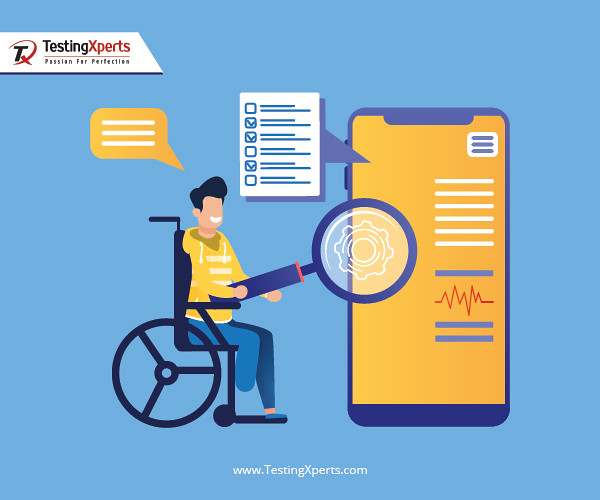A Comprehensive Guide to Usability Testing
Usability testing ensures that a product or application that is being built provides a seamless user experience. The usability of a product is judged by taking into consideration the user’s opinions and the likelihood of user-friendliness. The team must make it a point to strategically evaluate the feedback provided by users who have tested the product to further improve the overall user intuitiveness of the product. In this article, you will get a brief idea about the importance of usability testing.
What is usability testing?
It is a testing method that evaluates how users interact with a given product or application. Usability, user experience and functionality are the three key aspects that are tested in this testing method. Marketers, product developers and testers can get a better idea about the user experience and usability of a product from a user’s viewpoint.
The strategic importance of usability testing:
When the development and testing team
develops a product, they have a better understanding of how a product or application
that has been built works. But, when it comes to the user testing the product
they generally don’t have any idea about the product’s value proposition and
its various functions.
For this purpose, usability testing is conducted. The main aim of this testing method is to collect user feedback that
can in turn help in creating a prioritized list. Using this list, the team can
make the necessary changes and modifications to improve the user experience. Following are a few things that can be
identified:
·
Users should be able to complete the tasks such
as finding and executing a specific function easily
·
The amount of time it takes to complete certain
tasks
·
The performance-related issues or bugs that the
in-house testing team was unable to uncover
·
A certain confusion about the interface
functionality
·
The significance of your calls to action.
Usability testing provides a platform where users are scrutinized while using the product, so that when a product is updated, released or a new feature comes in, the users will be able to easily navigate the product.
Following are the three important usability testing methods:
1.
Moderated test: In this method, the user is located remotely with access to
the screen-sharing software or might be in the same room with the researcher.
The user is asked by the facilitator to carry out a series of tasks one by one.
The user’s difficulties, questions, reactions and other points of interest are recorded either by additional researchers or the moderator. This usability testing method can be best used when an in-depth analysis of user behavior is required.
2. Unmoderated test: In this method, a series of tasks are performed by users, without any specific team monitoring them. The team will analyze the data by capturing it from the user’s device.
3. Focus Groups: A small group of participants say around 5 to 10 users are gathered in a room for having a strategic discussion with the team about the experience they have had with the product.
What is Mobile app usability testing?
Many organizations and individual app developers use mobile usability testing to evaluate how the application is being interacted with the user before it is released. Through the mobile app usability testing platform, testers and developers will be in a position to know what exactly they need to do with the product to make it fully usable.
Following are the six points that are covered in the usability testing checklist for mobile applications:
1.
The
usability testing process should have specific information about what needs to
be tested along with setting up major objectives
2.
The
specific methods should be included so that the testing procedure can be
carried out effectively
3. A task list
should be prepared wherein various activities required from the participant’s
end are listed so that different data is collected
4. All the
specific mobile app usability testing tools should be selected by the team
based on the scope and budget of the product
5. The focus area
and the data that has been collected should be properly used
6. All the testing activities should be documented in the form of a report.
Conclusion: If you are looking forward to
implementing usability testing for your specific project, then do get connected
with a leading software testing services company that will provide you with a
detailed testing blueprint that can meet your project specific requirements.



Comments
Post a Comment